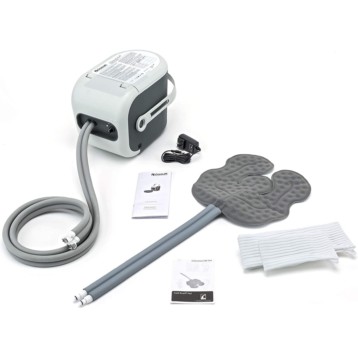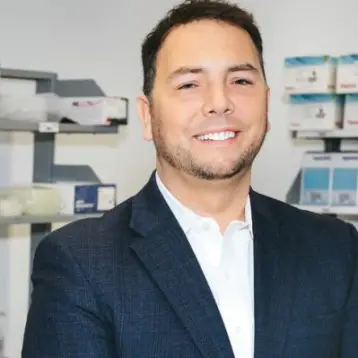|
The researchers, from MIT’s Sensory Communication Group, say such devices will not only ease lip reading and convey nuances of speech otherwise difficult to perceive, but will also present a cheaper alternative to those who cannot afford cochlear implants, the high cost of which prohibits many from undergoing the required surgical procedure, especially in developing countries. “Most deaf people will not have access to that technology in our lifetime,” said Ted Moallem, a graduate student working on the project. “Tactile devices can be several orders of magnitude cheaper than cochlear implants.”
The research is being conducted under the direction of Charlotte Reed, senior research scientist at MIT’s Research Laboratory of Electronics. Reed says her team aims to make the developed software compatible with today’s smart phones, allowing for easy and unobtrusive use of such hearing aids. “Anyone who has a smart phone already has much of what they would need to run the program, including a microphone, digital signal-processing capability, and a rudimentary vibration system,” notes Moallem.
Current prototypes of such devices can be hand-held or worn around the back of the neck; however, the researchers say that once the acoustic processing software is finalized, the technology could be easily incorporated into existing smart phones. While their invention will not eliminate the need to lip read, they say it would make it significantly easier to follow conversations and require less intense concentration. “It’s hard to have a casual conversation in a situation where you have to be paying attention like that,” Moallem says.
While tactile aids have already been used for years, MIT scientists hope to improve on the existing technology by refining the acoustic signal processing systems to provide tactile cues that are “tailored to boost lip-reading performance.” Specifically, the researchers have been focusing their attention on the frequency reception ability of the skin. The human ear, for example, can perceive frequencies up to 20,000 Hz, while touch receptors in the skin are optimized for frequencies below 500 Hz. Using a special appliance that can simultaneously transmit three different vibration patterns to three fingers, Moallem has conducted a number of studies on deaf people’s ability to interpret the vibrations from tactile devices.
Reed says this research originated from a study she conducted almost 20 years ago, in which she studied the successful Tadoma communication technique. The method, which was developed to aid deaf-blind people, teaches users to hold hands to the other person’s face while talking and interpret the vibrations of the face and neck. “We were inspired by seeing what deaf-blind people could accomplish just using the sense of touch alone,” said Reed.
TFOT has previously covered a number of innovative technologies and devices designed to aid people with various disabilities, including the Siafu PC, which was specially designed for blind people, and COGAIN technology, which allows users with severe motor disabilities to play 3D computer games using only their eyes. Recently, we have also covered a novel invention that enables people with lower limb disabilities to stand, walk, and even climb stairs.












